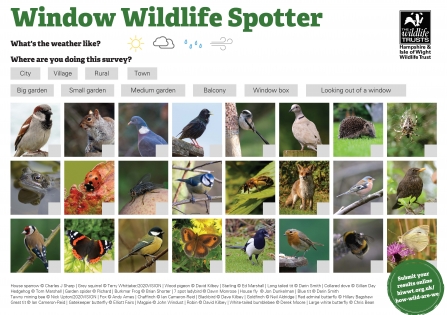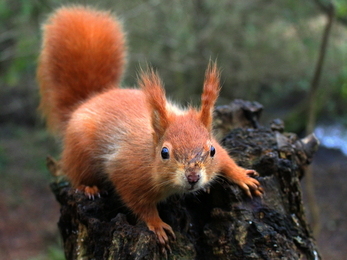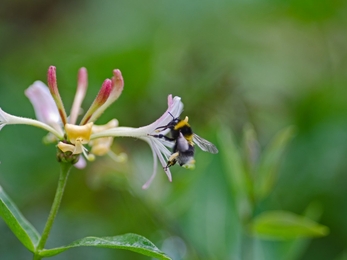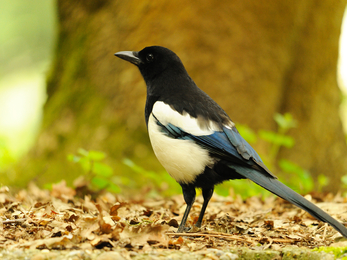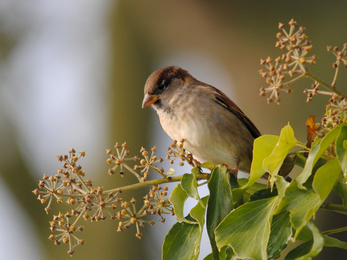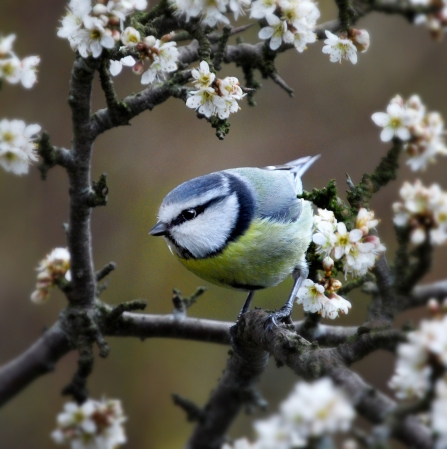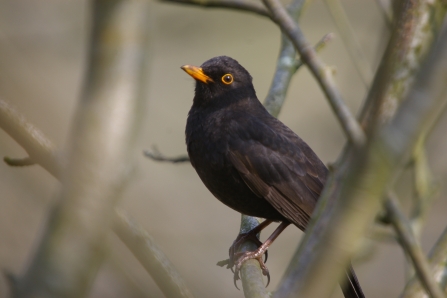We asked our followers from across our two counties to fill out five different surveys to assess the biodiversity in their local spaces. Residents spotted birds and flying insects from their windows with the Window Wildlife Spotter; they dug around in nooks and crannies outside to find some Invertebrate Insights; they looked at a square in their garden and drew all the plants they could find in the Plant Plotter survey; for our nightlife survey, some even went out with a torch to discover our nocturnal wildlife; and for those who had ponds, we asked them to take a closer look and report back on the pondlife they saw.
Here are the results from the Window Wildlife Spotter.


